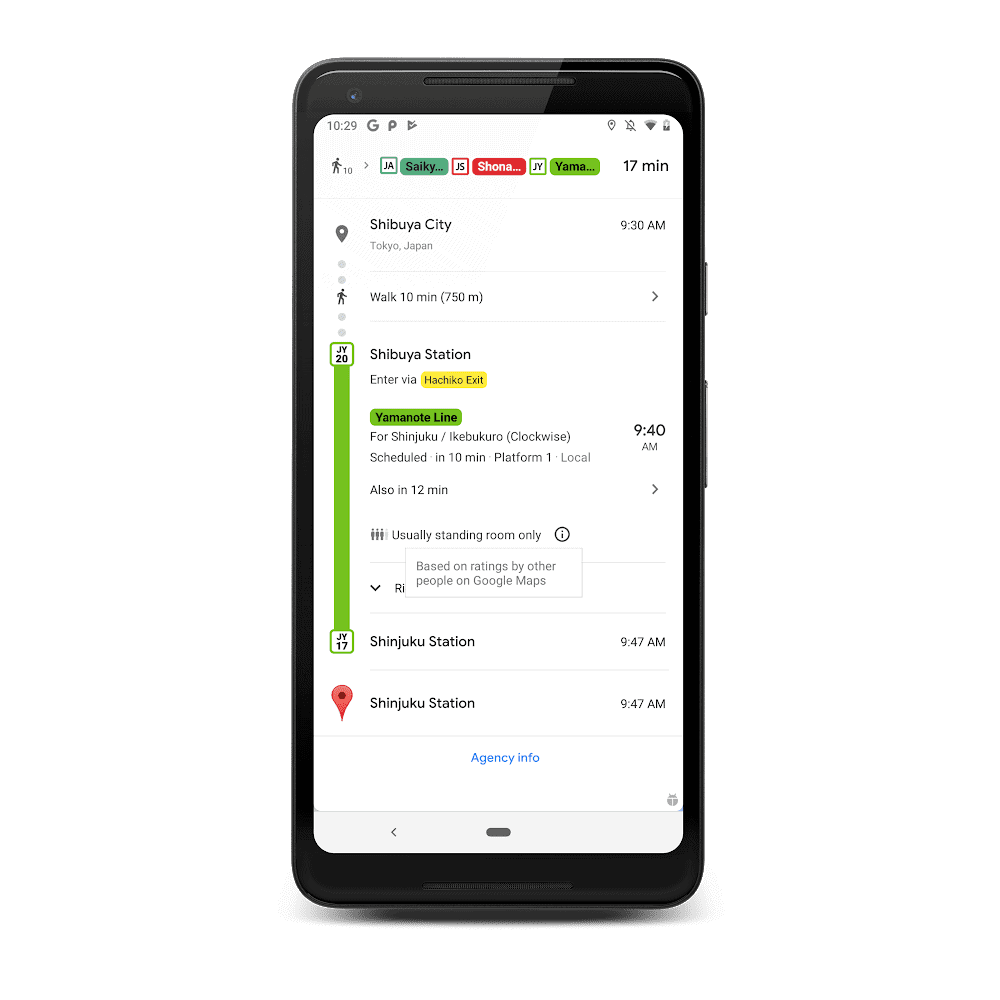
Google has applied for a patent for a deep learning system that aggregates EHR data into a “timeline” in order to predict potential adverse events.
The “system and method for predicting and summarizing medical events from electronic health records” is based on the popular data standard known as FHIR, allowing Google to ingest data from a wide variety of sources.
In the application, first filed in August of 2017, the company argues that existing methods of aggregating and analyzing health data for predictive purposes are insufficient, and require too much time and effort to be scalable and repeatable.
“Traditionally…predictive models in healthcare are created separately for each task by collecting variables that are measured consistently on a pre-specified cohort, often in a clinical registry or trial to ensure high-quality data collection. By contrast, data generated in routine care may produce datasets that are incomplete, inaccurate, and inconsistent,” the patent states.
“Therefore, to create a predictive model, researchers expend considerable effort to define variables, normalize data, and handle missing measurements which complicates deployment as such steps must be recreated, in real-time, on live data.”
In contrast, the new methodology leverages standardized data and machine learning techniques to analyze large volumes of data and identify adverse events, such as an unplanned readmission, that could be prevented with more proactive interventions.
Google states that its patent is for a three-part system that includes a “computer memory” or database for storing aggregated structured and/or unstructured EHR data, a computer or processing unit to execute machine learning models trained on the data, and an end-user device, such as a tablet or workstation, that shows healthcare providers the results.
Basically, that’s healthcare analytics in a nutshell.
The application goes into more details about how such a system could be used – for detecting abnormal lab variables, predicting unplanned transfers to intensive care, and alerting providers to conditions like acute kidney injury – all of which are already finding their way into the open market.
The patent also describes the user interface in broad strokes.
“In one embodiment, the interface includes a display of: (1) an alert to the predicted one or more future clinical events, (2) key medical problems or conditions (i.e. past medical events) related to the alert, and (3) notes or excerpts thereof, e.g. words or phrases, related to the alert.”
The display may also include information about the “attention mechanisms,” or weighting and confidence variables used by the algorithm, attached to each prediction.
Google suggests that using different colors, font sizes, or other visualizations to indicate matters of importance to the user could be an important part of the provider-facing interface.
Selecting one or more of the conditions or issues presented could even trigger the display of more information, such as medications prescribed that may impact the person’s response to potential treatment.
The application goes on to describe nearly every permutation of predictive analytics using deep learning on EHR data, and includes the idea of aggregating EHR data from multiple sources into a single, standardized format.
Even in 2017, when the patent was filed, these capacities were already under development across broad swathes of the industry, rendering it nearly impossible to enforce such a claim to intellectual property.
The application has not yet been approved, and it is unknown whether or not the US Patent and Trademark Office will move forward with the claim.
If the patent is granted, it will certainly cause some stir among the thousands of healthcare companies working in predictive analytics, but it isn’t likely to derail the inexorable shift away from traditional analytics approaches towards deep learning and other artificial intelligence strategies.























